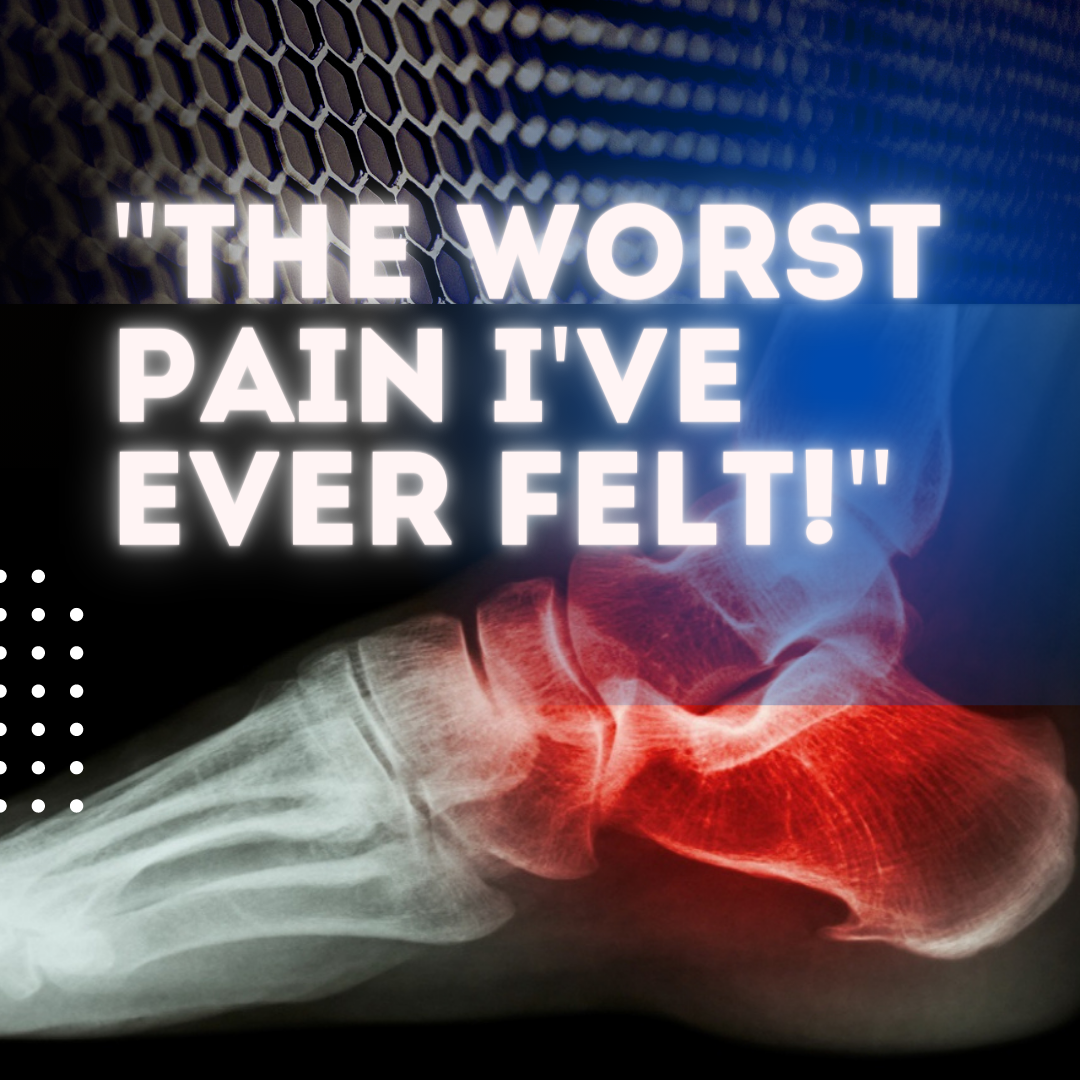
What to do when heel spur appears?
People don’t have a clue of how influent their walk can be to the whole body, in special to their feet. Under our feet, we have a special fiber band made by collagen which connects the back portion of the toes to the heel. This fiber band is called plantar arch and it has average 200mm to 250mm in an adult person, and one of its edges has 5 tips while the opposite, attached to the heel, has only one. This structure is thick, not elastic and resistant to tension forces being able to resist over 250kgf of tension trust before it collapses. However, in a 3D plan, this system can offer some weak spots and start to degenerate occurring inflammation and intense pain. The main cause of this damage, is the excess of tension in one specific single area of the plantar arch, that can occur when the individual wears a habitual type of shoes which changes the original charge balance position of the feet. High heels, for women, are in the top one villain shoes list, nonetheless, other models like Converse Allstars like or hyperflexible fabric shoes can generate the same excessive forces around our plantar arch. I have witnessed hundreds of cases like this in my clinic over the years and the description of the pain is of desperation. Here there is a list of 3 things you can do yourself at home to create some relief of the symptoms. If applying these measures, your injury can be classified among the most severe and the approach of a specialist can be required as much a regenerative intervention using laser, ozone or shockwave therapy.
Increase the lenght
The first step on the ground in the morning, is the worst pain experience in this condition reaching unbelievable rates of discomfort and pain. That is why before stepping out of bed, sit on the edge of your bed stabilise your heel with one hand and and pull your toes up in the direction of your shin until the very limit of extension. Remember to respect your pain and don’t stretch further if the pain sensation increases. Hold it for 40 seconds and relax it for 20 seconds. Repeat the process a few times.
Reduce the heat
One of the three inflammation stands is heat. In order to reduce the intense inflammation and consequently pain, use to submerse your painful heel into zero degree water for a few minutes (5 to 10 if supportable). Do it twice or three times a day even when the pain is under control.
Increase the oxygen
As long you can resist pain or it is reducing, you can increase the amount of movements in order to bring more blood flow and oxygen to heal the damaged tissues, reduce swelling, rebalance the synergy of mobile tissues of the foot. Reviewing your type of shoes is recommended as well and the ideal are shoes which offer bigger resistance to twist forces; cover the toes with flexible fabric allowing them to open during the weight transfer and a small elevation of the heels (not bigger than one inch).
Very informative and quality content.Thank you.